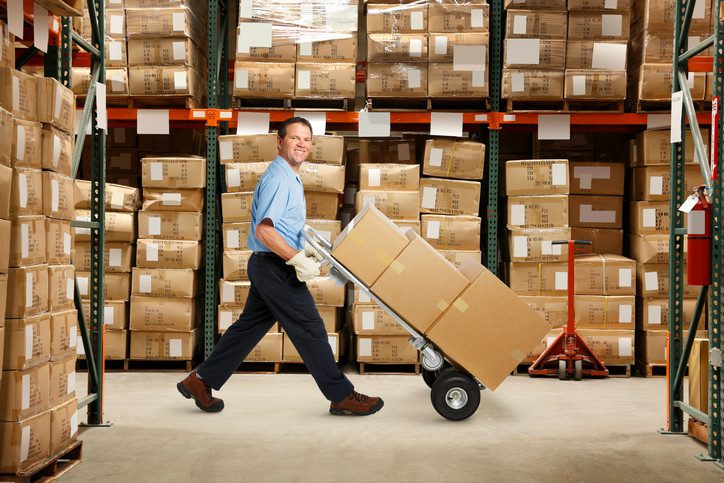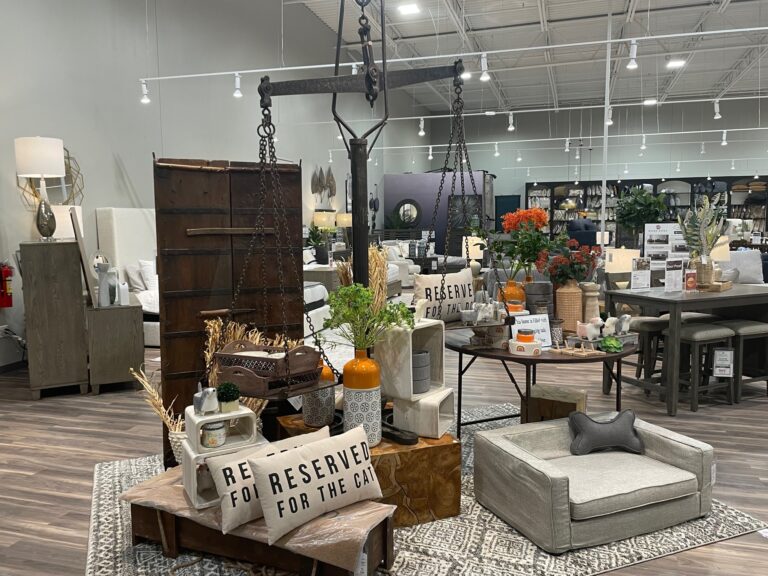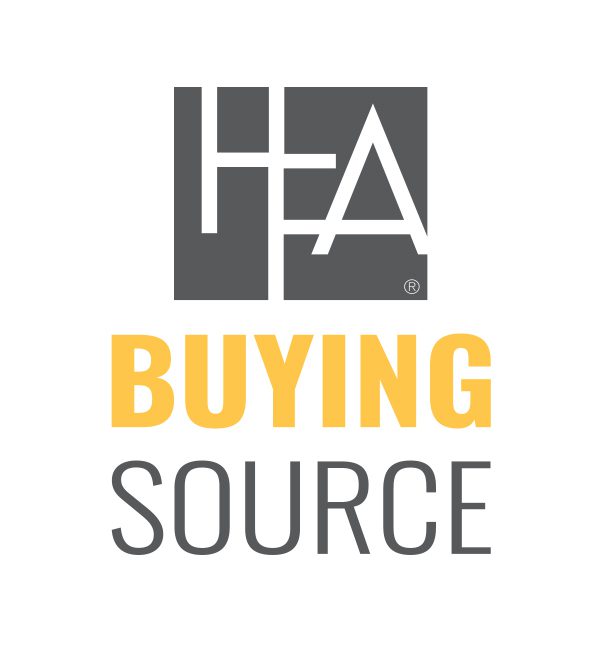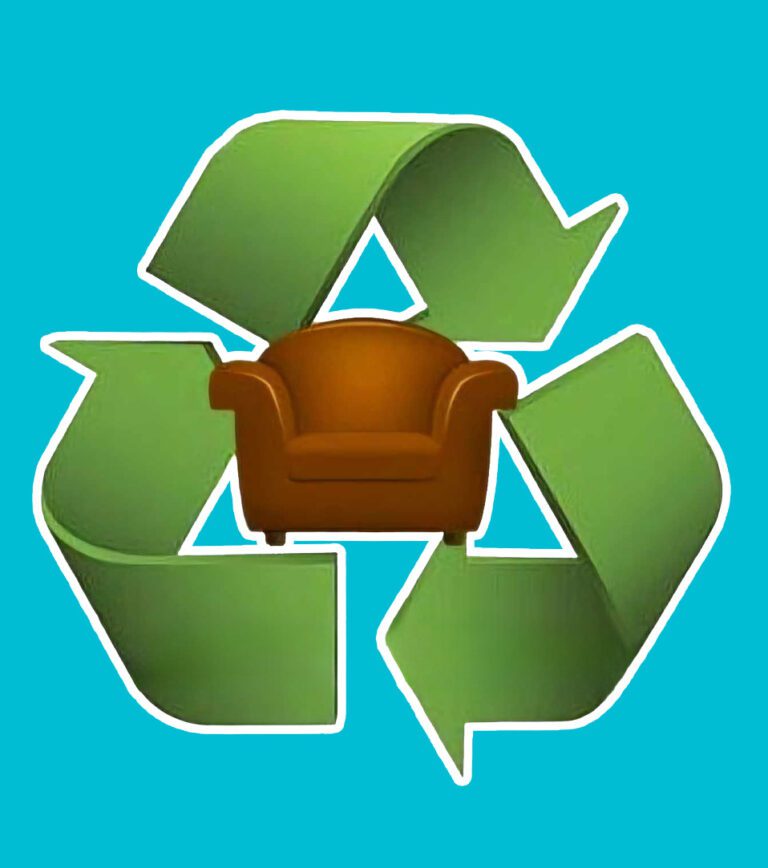Back injuries are a common problem caused by carrying or moving loads. While using delivery trucks can make the task easier and faster, it becomes impractical when loads just have to be transported a short distance. This is where material handling carts and equipment come into the picture. With these tools, workers can transport light or heavy loads faster, without worrying about back injuries or gas consumption.
Safety Measures
As with carrying loads by hand and with vehicles, handling loads with hand trucks, carts and dollies can pose hazards if they are not used properly. Avoid accidents by following these safety tips:
- Use the two-wheel hand truck only when handling light loads. Always use the four-wheel hand truck for heavy loads.
- Always make sure the weight is evenly distributed on all wheels of a hand truck, cart or dolly, especially with four-wheeled hand trucks with side railings.
- (Hand Trucks) Before use, inspect center ladder section, cross bars and vertical bar for cracks and other defects/damage.
- Check all welds before moving loads.
- Never pull a cart, dolly, or hand truck. Always push it when moving loads.
- Never try to upend four-wheeled hand trucks.
- As much as possible, break down large loads into smaller ones.
- Secure loads with heavy-duty nylon belts. Inspect these belts before use to make sure they are not frayed, worn-out or damaged.
- (Appliance Dollies) Always use a ratchet belt tightener with auto rewind to keep loads from shifting or slipping.
- When climbing or descending stairs, always use stair crawlers.
- When raising or lowering a load, never use your back. Instead, make use of the mechanical or hydraulic lifting mechanisms of the tool.
Personal Protective Equipment (PPE)
Even with a dolly, cart or hand truck, you are not protected from other hazards that a load may pose, as well as some conditions in the work area that may cause accidents. Here are some suggested PPE for different situations:
- Leather gloves
You may need this when handling large heavy objects/materials with rough or sharp edges.
- Back belt
This is helpful in supporting your lower back while pushing dollies, carts or hand trucks with loads. Make sure to wear it on your lower back.
- Protective footwear
You might need this PPE when your work area exposes you to foot injuries like falling/rolling objects or pointed materials that can pierce the sole.
- Special boots, shoes or foot guards
You may need special designs of footwear when there are slip or trip hazards in the work site. Examples of this footwear are non-skid soles and steel-toed boots.
Review these techniques and tip at your next safety meeting to keep your employees safe in your facility and working at full capacity.











